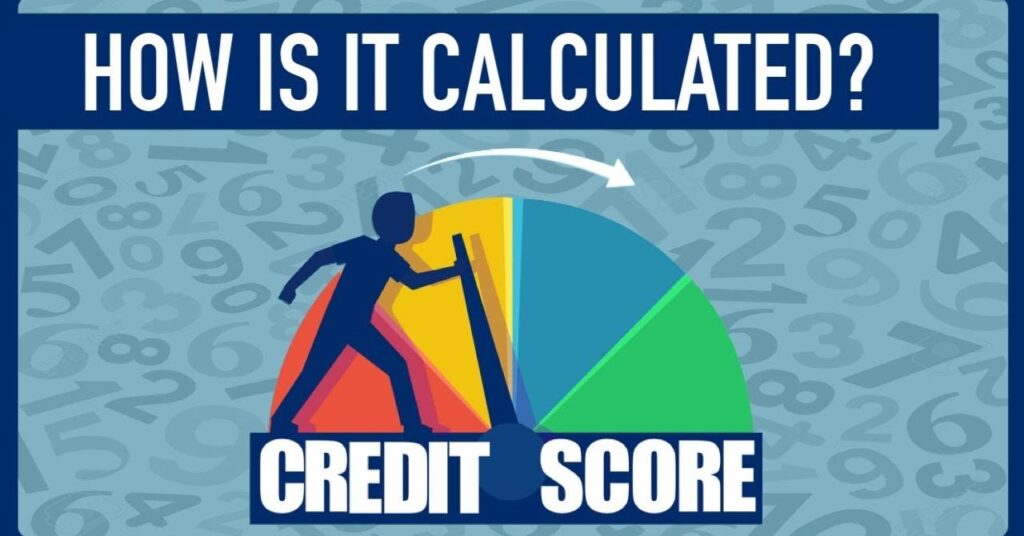Given the importance of credit ratings and how they can impact all aspects of your life – from where you live to where you work – Canadians might find it helpful to understand exactly how credit scores are calculated. Below, we dive into the five factors credit bureaus used to calculate credit scores.
Payment history
Payment history is the most important factor credit bureaus consider when calculating credit scores. This factor is weighted at 35%. The reason being that lenders and creditors want to know how likely you are to pay them back. Payment history helps them determine this. It accounts for all forms of consumer debt, including credit cards, student loans, car loans, mortgage loans, lines of credit, cell phone contract payments, and more.
Debt utilization ratio
Debt utilization ratio is the second most important factor used to calculate your credit score, weighted at 30%. Why? Creditors want to know how much money you currently owe, how much your payments are, and how much of your ongoing credit you use regularly. Ultimately, debt utilization ratio is a metric that helps creditors gain a sense of whether you can handle taking on more debt. Specifically, the debt utilization ratio is the amount of credit you’re using compared to the amount of credit that’s available to you. The lower your debt utilization ratio, the better off you will be. So if your monthly credit debt is constantly hovering just below your credit limit, this could signify to creditors that you are struggling financially.
Credit history
Credit history is the next factor credit bureaus use to calculate credit ratings in Canada. This factor is weighted at 15%. Credit history takes time to build, but it’s important as lenders like to see a long history of responsible credit management. When assessing your credit history, bureaus will consider how long it’s been since you first obtained credit, how long you’ve had each credit account, and whether you’re actively using your credit accounts.
Credit application frequency
Credit application frequency relates to how often you apply for new sources of credit. This factor is weighted at 10%. As you might have suspected, the more frequently you apply for credit, the lower your credit score will be. Applying for lots of credit is generally a red flag for creditors because doing so tends to signify financial problems. Every time you apply for a new form of credit, it’s called a hard inquiry, and the more hard inquiries you rack up, the lower your credit score will be. Creditors value stability so the fewer credit accounts you have, as long as you’re making payments on time, the better off you will be.
Credit diversity
The fifth and final factor that determines credit ratings is credit diversity (credit diversity is weighted at 10% also). To a creditor, the kinds of credit a person uses say a lot about the financial responsibility. The two main types of credit are revolving credit and installment credit. Installment credit is considered more secure than revolving credit, so if you have a high level of revolving credit, this could be a red flag.
